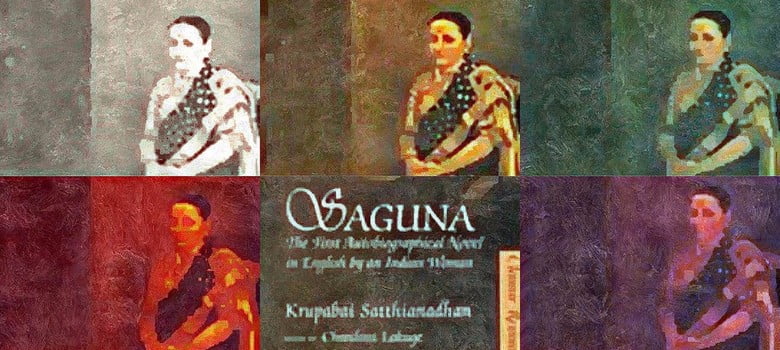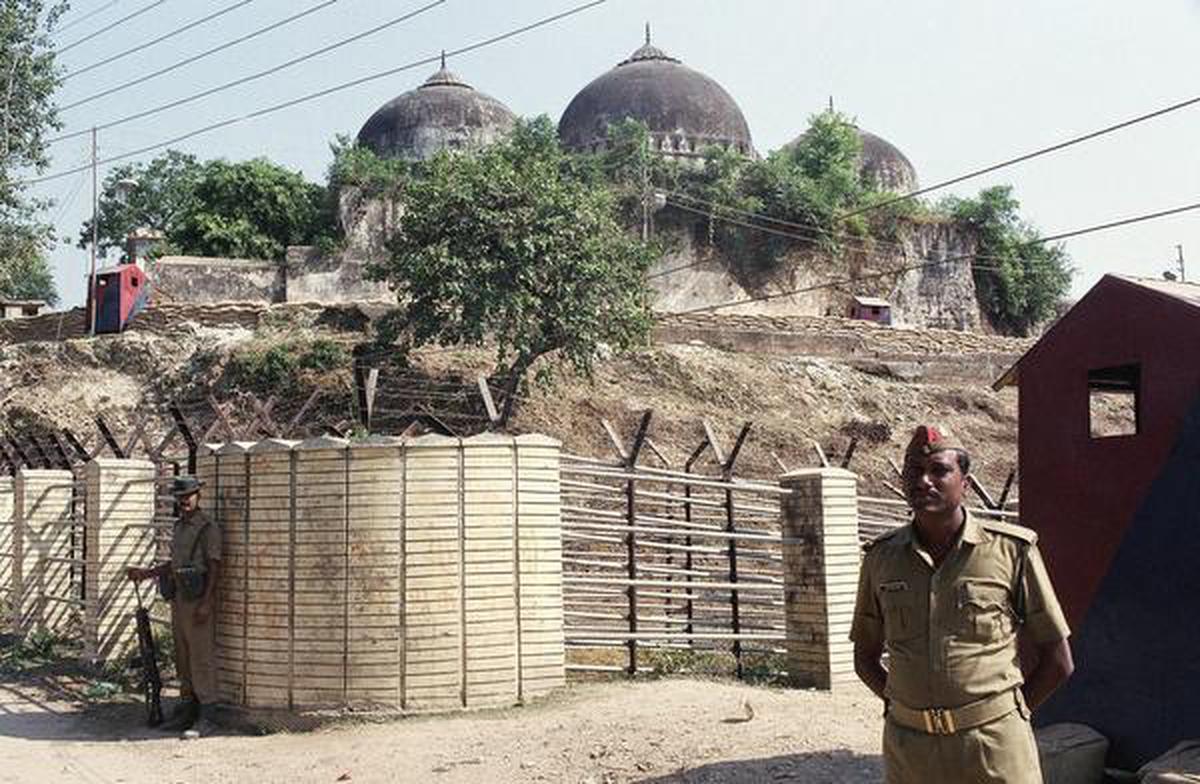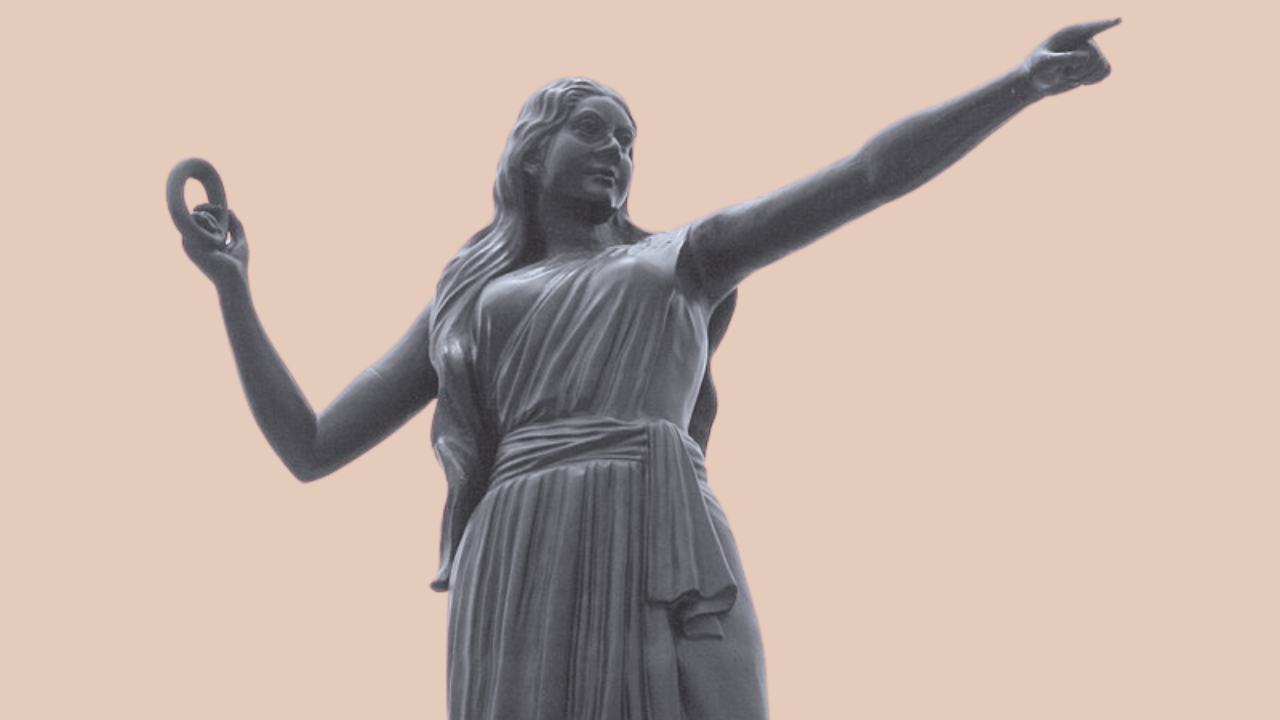Posted by Devika J.
Brahmin-Christian Krupabai Satthianadhan is recognised as a pioneer woman author of Indian writing in English, celebrated for her style as well as the content of her novels which opens up the world of women’s struggles and inner lives in nineteenth-century India. On International Woman’s Day, Sahapedia trains the spotlight on the impact of her life and writing.
The upswing of nationalism soon rendered her writing invisible. Only with postcolonial writing and late-twentieth-century feminist cultural assertions did the interest in her writings revive.
Today, Krupabai Satthianadhan (1862–94) is recognised widely as a pioneering Indian writer in English: the first Indian woman author of an autobiographical novel in English. Simultaneously, an account of the experience of conversion and a coming-of-age story of a vivacious young woman in nineteenth-century India, her novel Saguna: A Story of Native Christian Life received much appreciation in the 1880s and 1890s.
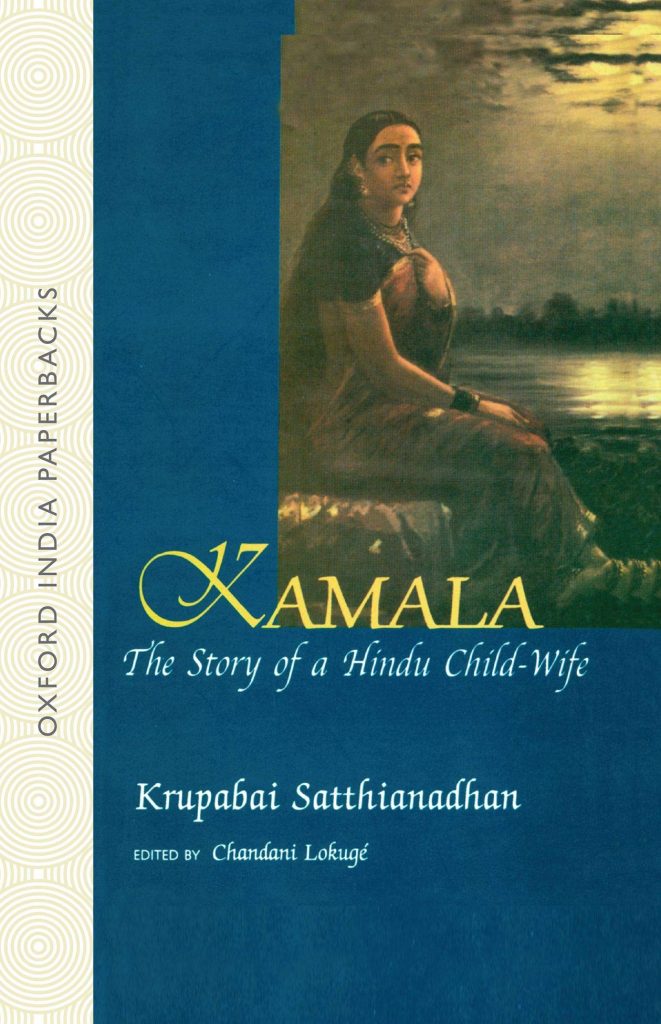
Before her untimely death at the age of 31, Krupabai Satthianadhan finished another novel, Kamala: A Story of Hindu Life (1894), which was published posthumously. These works were popular—their print runs were twice that of contemporaneous fiction titles, and they were also translated into Tamil and other languages. However, the upswing of nationalism soon rendered her writing invisible. Only with postcolonial writing and late-twentieth-century feminist cultural assertions did the interest in her writings revive.
Also read: Reading Mahasweta Devi’s Hajar Churashir Maa: Mothers, Memories & Movement
She appeared in the landmark Women Writing in India (1991) by Susie Tharu and K. Lalitha and both novels were reprinted by Oxford India later; a perceptive body of academic literature exists on her writing now. Along with Toru Dutt, Krupabai Satthianadhan is now recognised as a pioneer woman author of Indian writing in English, celebrated for her style as well as the content of her novels which opens up the world of women’s struggles and inner lives in nineteenth-century India.
Krupabai Satthianadhan was born on February 14, 1862 in Ahmednagar, Maharashtra, to Haripant Khisti and Radhabai who had left the Brahmin fold for Christianity. Her widowed mother was a devout Christian. A precocious student, Krupabai received a scholarship to study medicine in the Madras Medical College. She travelled to Madras (now Chennai) alone at 16. There she came under the care of a well-respected family of Christian converts, the Satthianadhans, and eventually married their son, the Cambridge-educated Samuel in 1881.
Krupabai was exposed to tuberculosis early in life. This took a toll on her studies. Despite topping her class in college first year, she was forced to drop out, struggling with depression and ill-health. However, after marrying Samuel, she embarked on a teaching career and became well known as a writer on social issues, especially those concerning women.
This biography is easy to misrepresent—in a context in which derisive portrayals of converts as self-seeking and amoral abound. While many claim that the Hindus who converted did so for amoral and self-seeking reasons, yet, it is evident from the historical sources that their lives were difficult, even perilous. Having left the traditional fold and earned its undying enmity, converts faced racism—condescension and outright disdain—from white missionaries. That means, they fought on two fronts. Enormous reserves of inner strength were required to live this life, and not all could muster it.
Also read: Remembering Mahasweta Devi, The Social Activist On Her Birth Anniversary
Anandibhai Bhagat, who had been companion to Brahmin-turned-Christian scholar and social reformer Pandita Ramabai during the latter’s stay in England, for example, died by suicide, unable to bear the tensions of conversion and of maintaining good relations with her patron.
As a second-generation Christian, Krupabai Satthianadhan was spared direct exposure to the hard life of women in Brahmin joint families, but definitely faced the racism of her Christian mentors. Importantly, her writing was appropriated by white missionary women who projected it as the ultimate evidence of the success of the missionary’s civilising mission. Litterateur Meenakshi Mukherjee points out that the forewords that white women wrote for her posthumous publications were ‘patronising verbiage of the colonial as well as the missionary variety’.
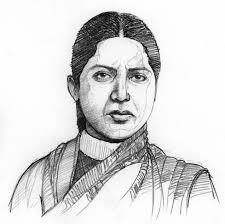
The notes of the memorial meeting that was held for her in 1895 reveal the manner in which speakers praised her for being sweet, mild, and not at all arrogant; in her ‘memoir’ written by family friend Mrs Elisabeth Grigg appended to the second edition of Saguna, Krupabai Satthianadhan is praised for being grateful to Christianity and conversion and chided for her criticism of missionary racism—for her ‘almost hysterical oversensitiveness’.
It is only recently that the force of Krupabai’s words and thoughts has been recovered—in the wake of a feminism that is not shy to embrace foremothers with all their contradictions and complexity.
It is only recently that the force of Krupabai’s words and thoughts has been recovered—in the wake of a feminism that is not shy to embrace foremothers with all their contradictions and complexity. Scholar Priya Joshi, for instance, points to the intertwined criticism of Brahminical casteism and white racism in her Saguna—in the narration of the struggle of Saguna’s father to secure equal rights on well water for the converts, braving the violence unleashed by Brahmins on the one hand, and Saguna’s own frustration against the racist behavior of Christian missionary women against the ‘native’ Bible women, her own mother, an ex-brahmin woman.
Also read: Book Review: Doing Feminisms In The Academy
Mukherjee’s illuminating reading of Saguna and Kamala resists pitting one of these texts against the other, and instead points to the ‘dialogic tension’ in both stories between colonial enlightenment and traditional wisdom. Contradictions abound: like the simultaneous evocation of being born ‘Brahmin’ and fighting caste. Yet there is something intensely truthful: a clear-eyed awareness of the terrible flaws of one’s own culture, which, however, is no craven surrender to the coloniser.
Mukherjee also points out that even though characterised ‘Hindu’ and ‘Christian’, respectively, Kamala and Saguna are both girls who love books and find domesticity limiting. And in Kamala, the Hindu widow feels a personal and direct connection with god (which, as Pandita Ramabai had argued, was refused to the Hindu wife bound to servitude as a pativrata, one who serves her husband) without converting to a faith that would grant her that connection.
In her essays, Krupabai Satthianadhan’s observations on companionate marriage and educated motherhood have often eclipsed her piercing empirical insights into the patriarchy of her times. In ‘Female Education’, for example, she identifies three reasons why an Indian man cannot tolerate an intelligent wife: first, a sociological reason—the boy, treasured in Indian families, is brought up to be a “petted, spoiled despot” with an “inflated, self-satisfied nature”. Secondly, a psychological reason: having lost power for centuries, Hindu men compensate by tyrannising their households. Thirdly, an economic reason: the Hindu joint family cannot survive without women slaving in/for it. Finally, this situation ensures that women remain petty and mean, because they are men’s playthings.
Does this not ring true today, a whole century and more after the remarkable Krupabai Satthianadhan’s passing? If it does, it is because feminist concerns do ‘echo’ across time. But we subject her to the test of our times as well. And so, we marvel at her insights, but also note critically the persistence of caste privilege even in her resistance to racism.
This article is part of Saha Sutra on www.sahapedia.org, an open online resource for Indian arts, culture and heritage.
The author is a social researcher, historian, translator, and teacher. She has written on the intertwined histories of gender, politics, culture, and development in Kerala and has translated literature from Malayalam to English, and social science from English to Malayalam. She offers social commentary on Kafila online and maintains the website swatantryavaadini.in
Featured Image Source: Scroll.in
